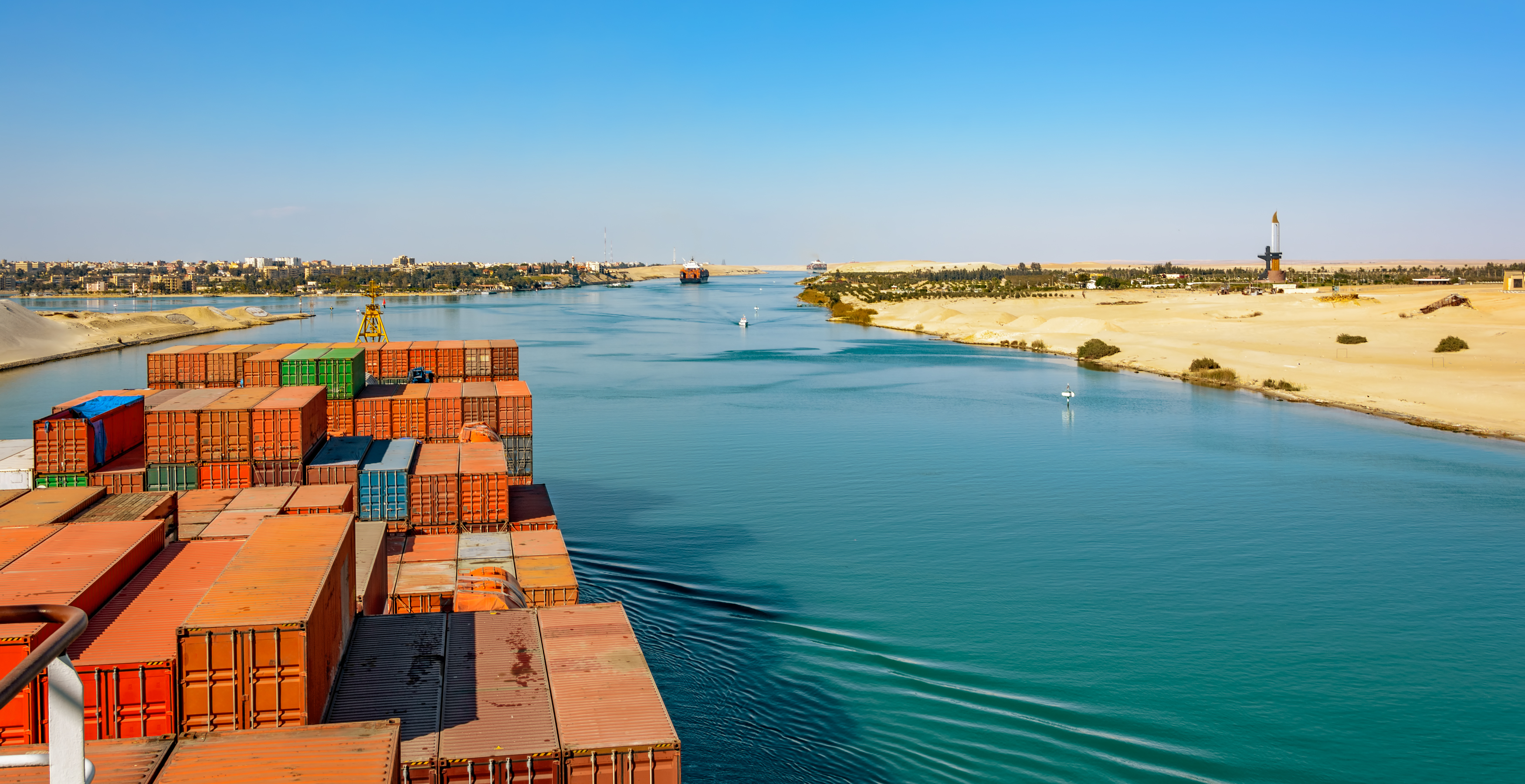
When U.S. strikes hit Iranian military targets on June 22, the world held its breath, and so did the global supply chain. Oil markets surged. Airspace closed. Investment conversations paused.
Behind the scenes, scenario planning models were lit up.
In the days leading up to the strike, scenario planning activity had already been climbing across industries. With global headlines speculating about a possible U.S. military response, companies began proactively modeling the impact of rising oil prices, potential trade route disruptions, and supply shocks.
1,400%
Then, when the U.S. strike on Iranian military targets occurred on June 22, activity surged dramatically. In the Oil & Gas sector alone, scenario planning jumped more than 1,400% that day, based on Kinaxis platform data. Across all industries, we saw a 306% spike in daily planning volume. But what happened next was equally telling: activity dropped 29% in Oil & Gas and 31% overall just two days later, signaling a shift from reaction to reassessment as companies digested the event and moved to recalibrate their response.
This is the new normal. A sudden escalation triggers widespread modeling. Then comes the wait. Decisions get made, plans are tested, and businesses shift from reaction to recalibration.
A ceasefire eases pressure, but fragility remains
Now, a ceasefire has been agreed to, and markets are responding. Oil prices dropped roughly six percent on the news, and airspace over Israel and Iran has reopened. There's a sense of relief for now. But it’s a cautious one. Reports of intermittent rocket fire and ceasefire violations are already surfacing, and the situation remains fragile.
And so, the scenario modeling continues.
“Just like when we had a container jackknife in the Suez Canal, the recent geopolitical situation in the Middle East caused a lot of companies to model and simulate impacts on product flow. Hopefully that’s stabilized now, but we saw customers immediately trying to assess risk, reroute shipments, and understand the downstream effect of potential chokepoints.”
The initial fear wasn’t just about oil. It was about chokepoints and spillover. The Strait of Hormuz, which handles 20% of global oil shipments, was a key flashpoint. There was speculation about Iranian retaliation, including parliamentary threats to block shipping lanes.
Then there’s the Suez Canal and Red Sea, already under strain from prior instability. Any prolonged disruption in either region would send ripple effects through container networks, increase transit times by weeks, and compound pressure on industries like retail, chemicals, and electronics.
For countries like Japan and India, where energy imports are critical, the stakes remain high. Even with a ceasefire in place, the question isn’t whether things will stabilize, it’s how long that stability will hold.
How companies are stress-testing their supply chains
The real-time nature of scenario modeling tells us something traditional indicators don’t: what companies are actually doing when risk increases. The activity spike on June 22 wasn’t theoretical. It was operational.
Planners weren’t reacting blindly. They were modeling fuel price ranges. Mapping alternative port routes. Stress-testing supplier networks. Some were even running cybersecurity readiness checks in case of retaliatory digital attacks on logistics infrastructure.
In short, the models told a story: we don’t know what’s next, but we’re not waiting to find out unprepared.
Readiness is the supply chain advantage that endures
With ceasefire talks in motion and diplomacy underway, global supply chain leaders are facing a different kind of challenge: strategic patience. That means continuing to model “what if” even while things appear to settle.
The next 30 to 60 days will hinge on whether the ceasefire holds, how quickly air and maritime trade fully stabilizes, what secondary effects emerge in tech investment, fuel volatility, or manufacturing input costs, and whether governments or companies choose to delay—not cancel—commitments in the region.
What happened on June 22 didn’t just raise alarms. It confirmed something many already suspected. Global supply chains are permanently plugged into the world’s geopolitical heartbeat.
The good news? The tools now exist to navigate that reality. Scenario planning isn’t a crisis response. It’s becoming a core business discipline. And with each disruption, companies build a little more resilience into how they operate.
That’s not just smart. It’s essential.



